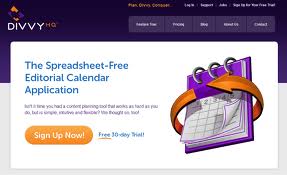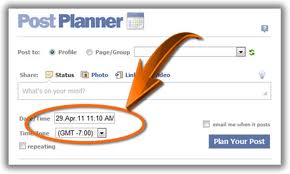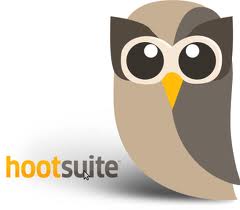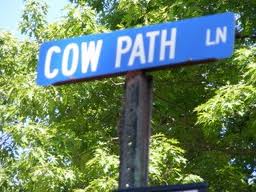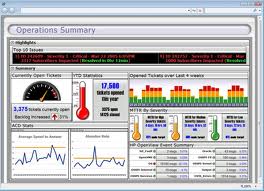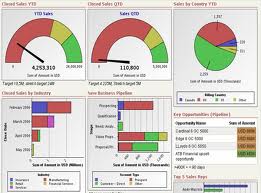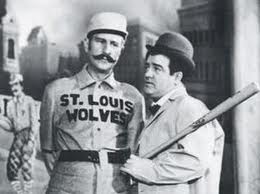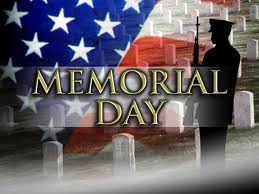 Yesterday was Monday, which can only mean one thing at DonorDreams blog . . . it was “Mondays with Marissa” and her post was titled “Non-Profit Time Management: Scheduling Social Media Updates“. After reading Marissa’s post, it got me thinking. There has to be a million-and-one ways for non-profit professionals to improve upon managing their time. In honor of Marissa’s awesome blog post, I will take the next few days to look more carefully at time-saving tips with regards to managing your agency and implementing your resource development program.
Yesterday was Monday, which can only mean one thing at DonorDreams blog . . . it was “Mondays with Marissa” and her post was titled “Non-Profit Time Management: Scheduling Social Media Updates“. After reading Marissa’s post, it got me thinking. There has to be a million-and-one ways for non-profit professionals to improve upon managing their time. In honor of Marissa’s awesome blog post, I will take the next few days to look more carefully at time-saving tips with regards to managing your agency and implementing your resource development program.
Let’s start this conversation off by simply looking at your task list.
In the last seven days, I visited with two non-profit executive directors who both expressed utter frustration with how many things are currently on their “To Do List”. As you can imagine, not being able to get to the bottom of your task list every day adds stress to the average person’s life. This stress turns into chaos and panic when the list grows exponentially every day. Having been in the same situation, I compare it to what I can only imagine drowning must feel like.
In an effort to help my friends, I pulled out and dusted off my old executive coaching textbooks. It was in a book titled “Coaching Questions” written by Tony Stoltzfus that I found the following nugget of good advice:
Make sure that EVERY item on that list adheres to the following four characteristics:
- Clarity: I know exactly what to do
- Datebook: This step can be scheduled at a specific time
- Commitment: I know I will do this
- Deadline: I’ve set a date for completion
 I know this sounds simplistic, but when the item you’re adding to you task list doesn’t meet this four-part litmus test, then you have two options:
I know this sounds simplistic, but when the item you’re adding to you task list doesn’t meet this four-part litmus test, then you have two options:
- Go back and secure the information you need in order to satisfy the test, or
- Don’t add it to your task list.
Tony also suggested that you re-think adding tasks to your To Do List when you hear yourself using language or phrases such as:
- I could …
- I might …
- I’m thinking of …
- If …
The reality is that times are chaotic for non-profit professionals. Donors are demanding that you do more with less. The simple prescription can be summed up in one word:
FOCUS
Good non-profit professionals, especially effective ones, know that they can’t do everything all at once. They seem to have mastered many of the simple aforementioned suggestions related to their task list.
How have you found focus at your non-profit agency as times have become more chaotic and demanding? Do you use a similar approach as described above? If so, how has that worked for you? What type of task list tools do you use?
Your time is in high demand and none of us should be re-creating the wheel every day. So, please scroll down the page and spend 60 seconds sharing a best practice or something that works for you with your fellow non-profit professionals.
Here’s to your health!
Erik Anderson
Founder & President, The Healthy Non-Profit LLC
www.thehealthynonprofit.com
erik@thehealthynonprofit.com
http://twitter.com/#!/eanderson847
http://www.facebook.com/eanderson847
http://www.linkedin.com/in/erikanderson847


